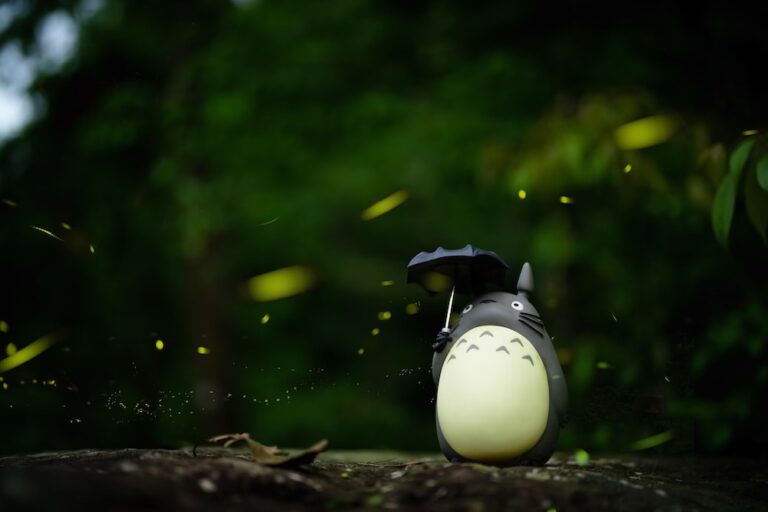
As a child, my parents introduced me to a DVD featuring an unfamiliar fluffy creature on its cover that soon became as integral to my childhood as figures like Mickey Mouse. Animation had been integral to my upbringing, from childhood classics like Cinderella to Japanese anime series such as Bleach and Naruto that graced our television screen. Yet, irrespective of one’s appreciation for animation, there’s an unique quality inherent in Studio Ghibli’s creations that draws in people from all over the globe.
My first encounter with a Ghibli film was “My Neighbor Totoro.” Even in my childhood, I was struck by the expanses of rural landscapes and the tenderness that the magical creature Totoro showed the two ordinary young girls. The movie’s allure was immediate, offering an escaped from the usual fast-paced, high-energy animations aimed at children.
In Japan, the iconic figure of the massive, fluffy Totoro or the mysterious No Face is universally recognized. Whether narrating stories of spirits defending nature or portraying the journeys of courageous young women embarking on grand adventures, the films crafted by Studio Ghibli have captivated millions across Japan and around the world.
The creative output of Studio Ghibli, along with its visionary founders Hayao Miyazaki and Isao Takahata, has emerged as an influential cornerstone of contemporary Japanese culture. However, delving into the persona of the renowned Hayao Miyazaki and exploring the life experiences that shaped his creations leads us to ponder: Who truly is this acclaimed figure, and what life events influenced his remarkable body of work?
Who is Hayo Miyazaki?
Hayao Miyazaki was born on January 5, 1941, amidst the urban Tokyo City within the folds of the venerable Empire of Japan. The lineage from which his creative brilliance emerged bore the mark of aviation enterprise. His father, the distinguished Katsuji Miyazaki, presided over the realm of Miyazaki Airplane, a venture renowned for crafting rudders that lent wings to fighter planes during the turbulent era of World War II. In this crucible of conflict, the familial coffers found sustenance, weaving a cocoon of prosperity around the young Hayao Miyazaki’s formative years.
Katsuji Miyazaki served in the Imperial Japanese Army around 1940; he chose to opt out of the fight due to family reasons and was discharged after a reprimand for disloyalty. In the end, Katsuji Miyazaki passed away in 1993.
As for Miyazaki’s mother, Yoshiko inspired several characters in his films. His earliest memories include scenes of post-bombed cities. In 1944, his family evacuated to Utsunomiya, followed by Kanuma after Utsunomiya’s bombing in 1945. These events profoundly affected the young Miyazaki. He suffered from digestive issues as a child, believing he wouldn’t live past 20, leading to feelings of isolation.
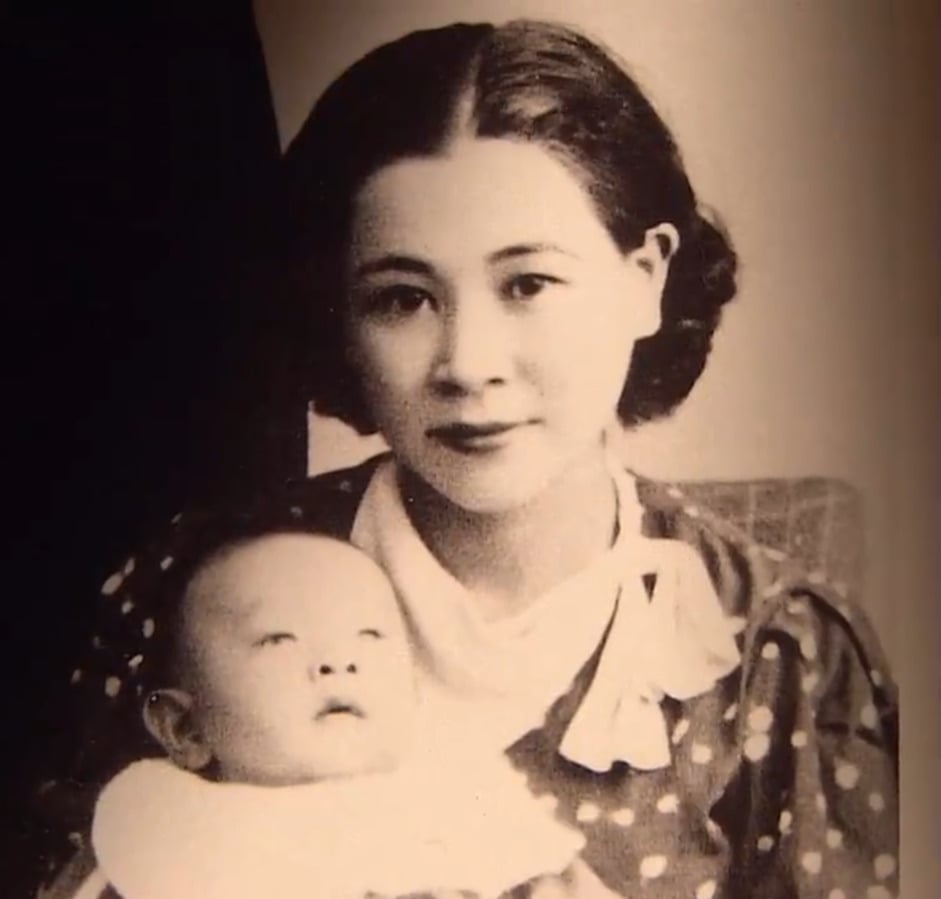
Hayao and Yoshiko Miyazaki
From 1947 to 1955, Yoshiko Miyazaki battled spinal tuberculosis, initially hospitalized and cared for at home. Her frugality and intellectual, nonconformist nature deeply influenced Miyazaki. She remained closest to him until her death in 1983.
Miyazaki commenced his education in 1947 at an Utsunomiya elementary school, later attending Ōmiya Elementary School and Eifuku Elementary School, which had just split from Ōmiya. He graduated from Ōmiya Junior High and Toyotama High School, discovering his passion for animation upon watching “Panda and the Magic Serpent” (1958).
His interest in animation blossomed, influencing his choice of Gakushuin University, where he majored in Japanese Industrial Theory. Miyazaki engaged with the “Children’s Literature Research Club,” began drawing manga, and even participated in the Anpo protests. In 1963, he graduated from Gakushuin with political science and economics degrees.
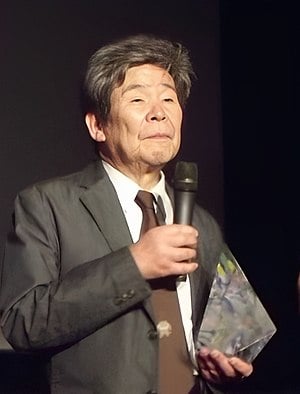
Hayo Miyazaki, 1964
What is Studio Ghibli?
After graduation, Miyazaki began working in animation. By 1985, he established Studio Ghibli with Isao Takahata and producer Toshio Suzuki. The catalyst for its foundation was the triumph of the film “Nausicaä of the Valley of the Wind” (1984), which Hayao Miyazaki helmed.
Although not an official Studio Ghibli production, “Nausicaä” notably encapsulated thematic elements that would become emblematic of Miyazaki’s distinct artistic style. Set in a post-apocalyptic future, the film depicted the saga of Nausicaä, a young princess navigating an environmentally charged narrative landscape.
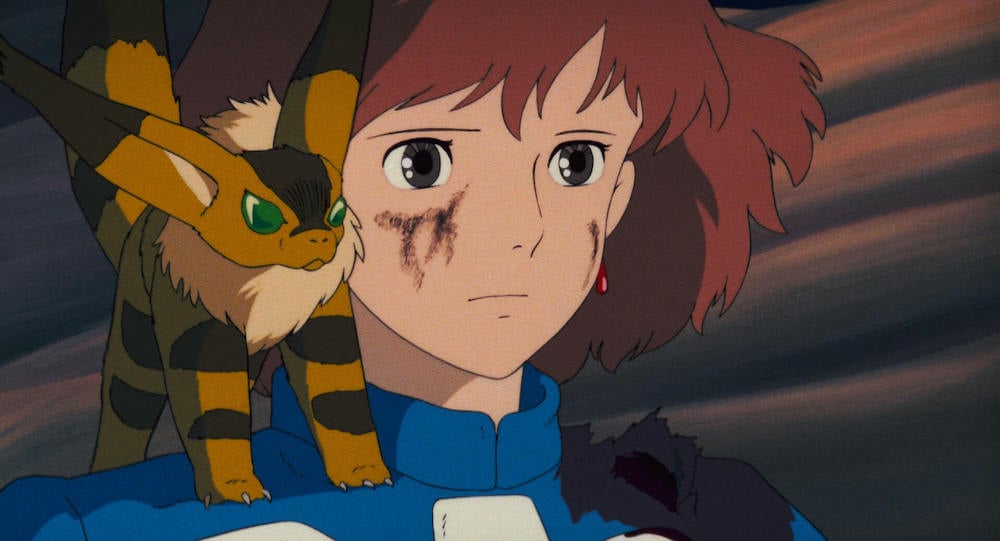
The terminology “Ghibli” derives from an Italian term referencing a “hot desert wind,” encapsulating the studio’s aspiration to introduce a fresh gust of innovation into the animation milieu. This title, though ambitious, proved prescient as the studio subsequently revolutionized not only animation but also the broader cinematic landscape.
In 1986, Studio Ghibli unveiled its inaugural release, “Laputa: Castle in the Sky.” This film, distinguished by its focus on flight dynamics and elements of magical realism, achieved the status of Japan’s top-grossing animated film for the year. Miyazaki’s fascination with aviation mechanics, a reflection of his familial connection to aeronautics, is conspicuously evidenced in the film’s aerial pursuits.
The subsequent year, 1988, marked a pivotal juncture with the simultaneous release of two films: Takahata’s “Grave of the Fireflies” and Miyazaki’s “My Neighbor Totoro.” At the same time, this joint release was orchestrated to facilitate the studio’s financial standing, “My Neighbor Totoro” initially underperformed commercially. Yet, this work eventually acquired a cult following and solidified its stature as a Studio Ghibli classic.
In 1989, Studio Ghibli achieved a breakthrough with the release of “Kiki’s Delivery Service.” The film’s meticulous hand-painted visuals and depiction of a young female protagonist navigating her coming-of-age journey further cemented the studio’s reputation. The subsequent years witnessed the international ascent of Studio Ghibli, with films like “Princess Mononoke” (1997) and “Spirited Away” (2001) attaining global recognition for their distinctive narratives and artistic craftsmanship.
Of particular significance was “Spirited Away,” which garnered critical acclaim and secured the Academy Award for Best Animated Feature in 2003. Its success underscored Studio Ghibli’s ascendancy on the global stage and the universal resonance of its storytelling prowess.
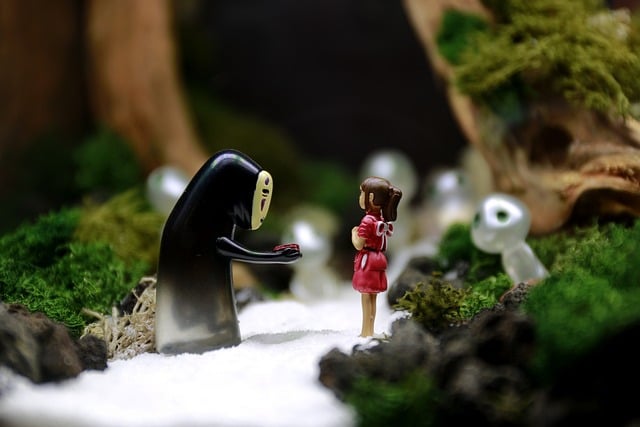
The subsequent decades witnessed the continued production of notable works such as “Howl’s Moving Castle” (2004) and “Ponyo” (2008). These films, characterized by their hand-drawn animation and narrative depth, sustained the studio’s reputation. However, the announcement of Hayao Miyazaki’s retirement from feature filmmaking in 2013 prompted speculation regarding the studio’s future trajectory.
In spite of Miyazaki’s retirement, Studio Ghibli persevered, releasing films like “When Marnie Was There” (2014) and “The Red Turtle” (2016). A pivotal moment occurred in 2017 with Miyazaki’s reemergence from retirement to spearhead the development of a new feature film titled “How Do You Live?” This announcement reignited expectations for the studio’s creative journey.
What stories does Miyazaki tell?
Miyazaki’s body of work exhibits recurring themes encompassing environmentalism, pacifism, feminism, love, and family dynamics. Strikingly, his narratives deviate from the conventional trope of pitting a heroic figure against a wholly unsympathetic antagonist.
Environmental concerns occupy a prominent place in Miyazaki’s films, underscoring the fragility of Earth. Miyazaki’s disdain for contemporary technology and his skepticism towards aspects of modern culture reflect his anticipation of a future less dominated by towering urban structures. His formative years during the Shōwa period (1955-1965) shaped his perspective on the destruction of nature in pursuit of economic advancement.

Notably, antagonists in his films often symbolize those who seek to control nature for political supremacy, harming both the environment and humanity. Miyazaki critically examines exploitation within capitalist and communist frameworks and globalization’s repercussions, asserting that corporations should be regarded as communal assets.
Miyazaki’s films frequently convey anti-war sentiments. “Porco Rosso” and “The Wind Rises” feature themes that subtly oppose militarism, with the characters’ transformations and convictions illustrating their resistance to armed conflict. “Princess Mononoke” and “Nausicaä of the Valley of the Wind” embody pacifist inclinations by advocating for peace amidst vengeance. These narratives delve into the roots of evil from a Buddhist perspective, advocating transformation toward generosity, kindness, and wisdom.
Feminism is apparent in Miyazaki’s portrayal of courageous and self-reliant female characters who exhibit unwavering commitment to their beliefs. While sometimes needing support, his heroines eschew the conventional “damsel in distress” trope, fostering a vision of gender equality. “Nausicaä of the Valley of the Wind” garners acclaim for its empowering depiction of women, echoing the overarching absence of objectification and sexualization within Miyazaki’s cinematic universe. The heroines’ journeys toward self-discovery and strength underscore a coming-of-age motif.

Miyazaki also emphasizes the wonder inherent in youth, and his films consistently weave themes of love and familial bonds. Miyazaki seeks to reignite a sense of awe by expressing concern about Japanese youth succumbing to overconsumption, practical education, and industrialism. Love and relationships are central to his narratives, often focusing on integrating isolated individuals into networks of mutual care. While romance is present, it focuses on interpersonal reliance and responsibility that contribute positively to their surroundings.
The comprehensive exploration of these themes in Miyazaki’s films illuminates his profound societal concerns and narrative complexity.















